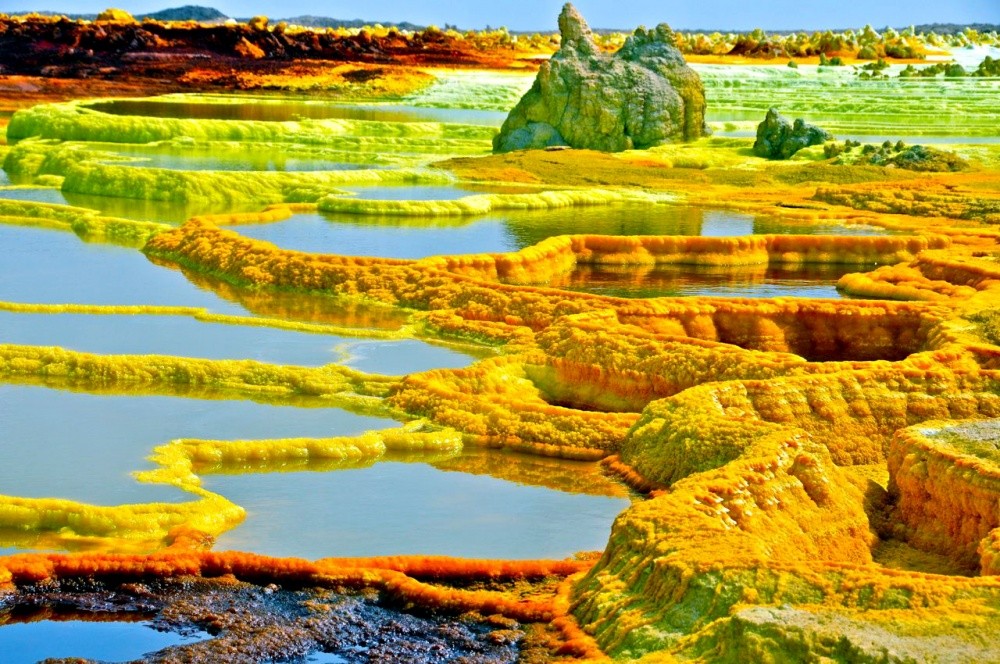
- Tipo de expresión:
- Doctorado: Propuesta de dirección de tesis doctoral/temática para solicitar ayuda predoctoral ("Hosting Offer o EoI")
- Ámbito:
- Laboratorio de Estudios Cristalográficos
- Área:
- Vida
- Modalidad:
- Ayudas para contratos predoctorales para la formación de doctores (antiguas FPI)
- Referencia:
- PIF2024
- Centro o Instituto:
- INSTITUTO ANDALUZ DE CIENCIAS DE LA TIERRA IACT-CSIC
- Investigador:
- FERMIN OTALORA MUÑOZ
- Palabras clave:
- Mineral pattern Formation, Extreme environments, African Rift
- Documentos anexos:
- 666983.docx
PIF2024 - FORMACION DE PATRONES MINERALES BIOMIMETICOS (PID2023-150216NB-I00)
Summary
The PhD project is thematically focused on the processes that occur in two extreme environments (in terms of pH, composition and temperature) that are commonly proposed as current model systems for the study of geological problems. These environments are 1) the hyper-alkaline Soda Lakes of the African Rift in Kenya, where we propose to study the patterning of the Magadi cherts, used in geoscience as an analogue of the Precambrian cherts where the first signs of life on the planet were reported, and 2) the hyper-acidic Dallol hydrothermal system in the Danakil Depression in Ethiopia, which we have recently studied and where we have defined a previously unknown form of volcanism (salt volcanoes) that may be relevant to the geology and search for life on Mars. The patterns developed at both sites are 'biomimetic', with morphologies resembling microscopic organisms in the case of silica/carbonate composites, and macroscopic plant-like in the case of salt aggregates.
The project aims to study crystalline materials and mineral patterns as proxies for solving problems in the geosciences. In the geosciences, spatial and especially temporal scales limit or make impossible most in-situ observations and experiments. For this reason, much more than in other disciplines, we have to rely on observing the compositions, structures, patterns... resulting from the ongoing geological processes of interest to us, and trying to "decode" these patterns ("markers", "indicators", "proxie
Información adicional
Contactar con la unidad